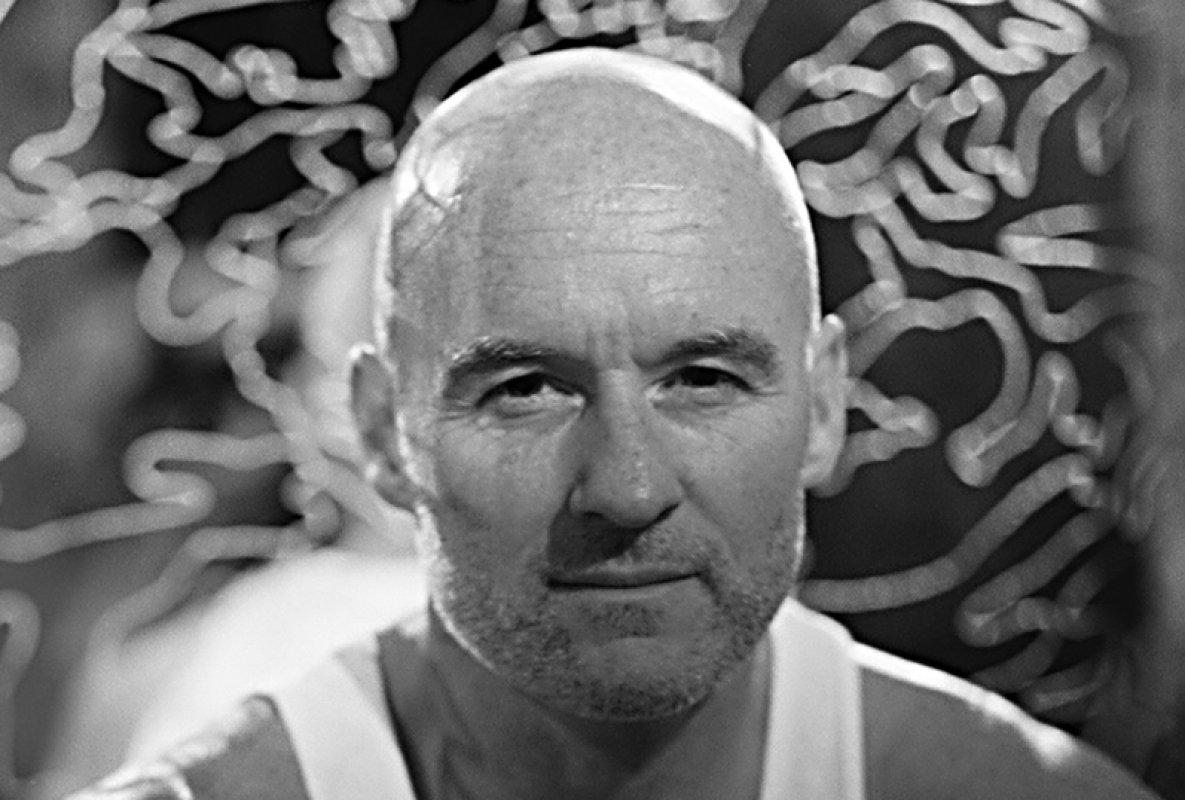Jim Hodges2006
In his meditations on temporality, loss, gender, and the creative process, Jim Hodges works in multiple genres—drawing, sculpture, photography, installation, video, and large-scale public projects— and employs various labor-intensive methods such as sewing together hundreds of fabric flowers for a wall curtain. Using old shirts, wall clocks, chain link spider webs, colored pencils, broken mirrors, paper cutouts, or light bulbs affixed to plywood, Hodges brings attention to the materiality of the everyday and overlooked. How objects are perceived and experienced in architectural spaces is one of his long-time interests; often creating interactive work, Hodges has invited museum goers to choose colors and make drawings, or, installing a series of door-sized stainless steel mirrors outdoors, suggested they see their reflections in the context of landscape. Whether in his multi-channel video work about 24 subway musicians or in a recent installation in a 13th century Spanish iglesia, Hodges makes personal and expansive work about longing and the fragility of experience. His work might be seen as a record of time passing and, his practice, the rehabilitation of beauty.
"I think of my work as a collaborative practice, a way to move ideas outside of myself and put energy into the world. Art is a powerful force that has the potential to move us and at times make us change. I’m driven to master this energy and use it to create connections through beauty. I believe love is a main ingredient in art and in my practice I rely on my body to guide me. For me, art resides in the terrain of feelings, our common connecting landscape. Through a variety of means I try to project ideas into this terrain. As an exercise in freedom, and in the service of art, I allow myself the full range of possible directions available to me. I’m motored by a need to be generous, to give more and be more. It’s been my experience that beauty helps people, that adding beauty to the world makes it a better place."


